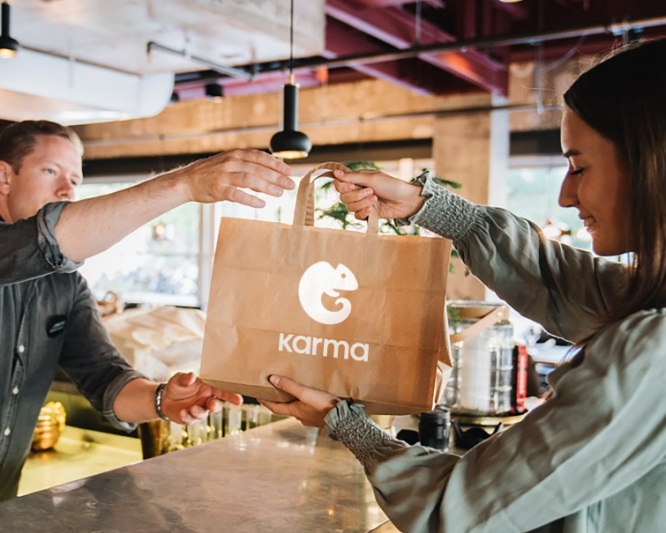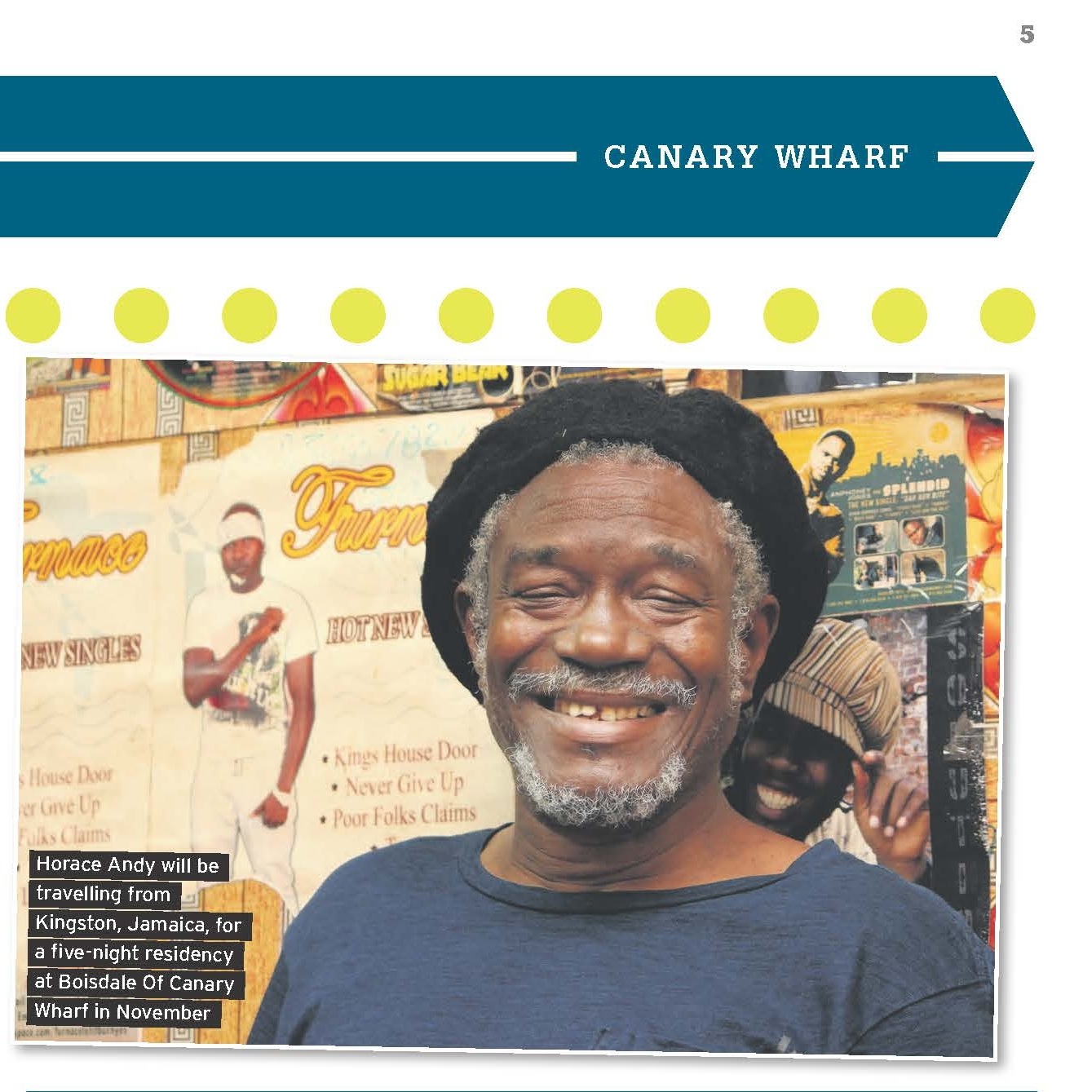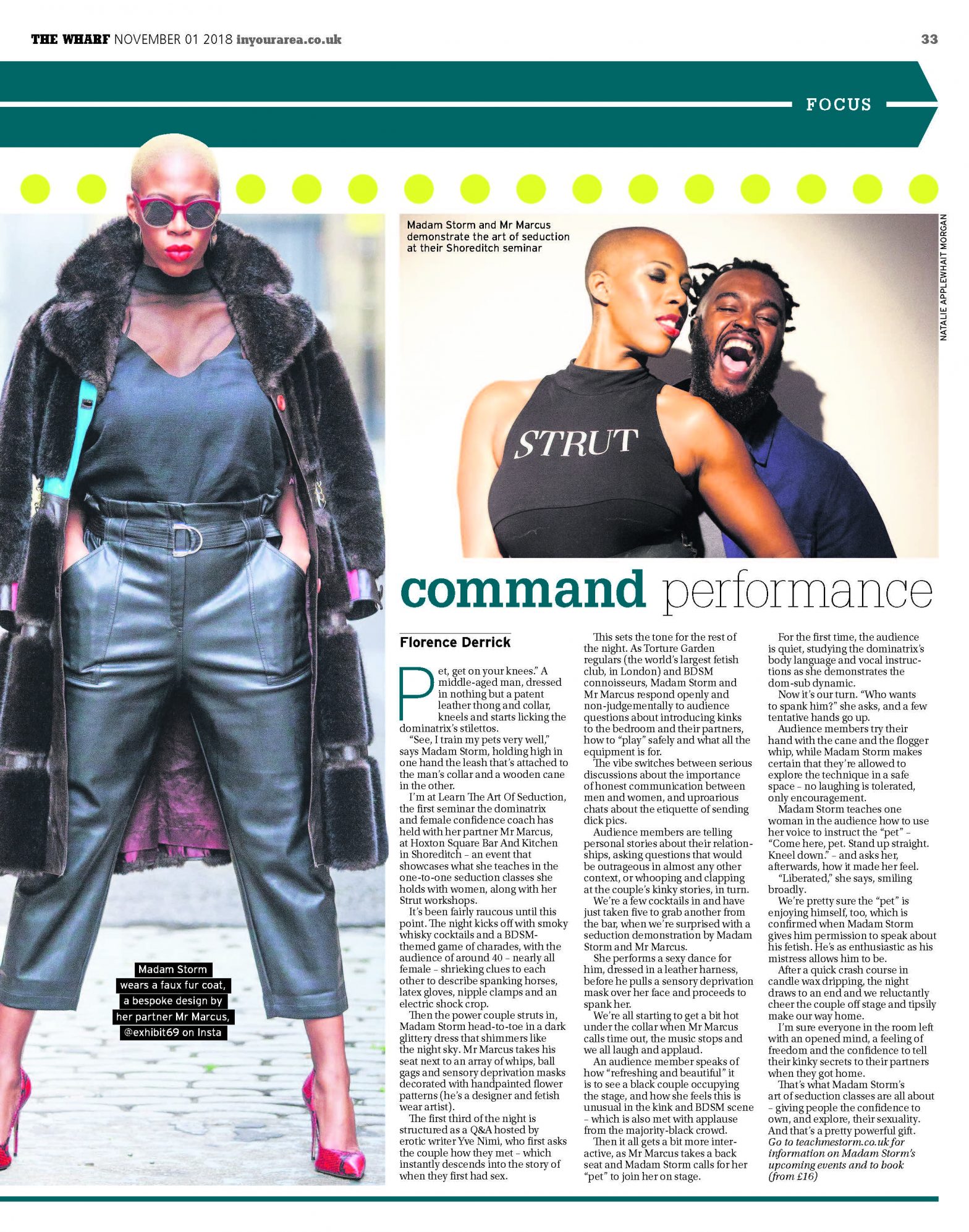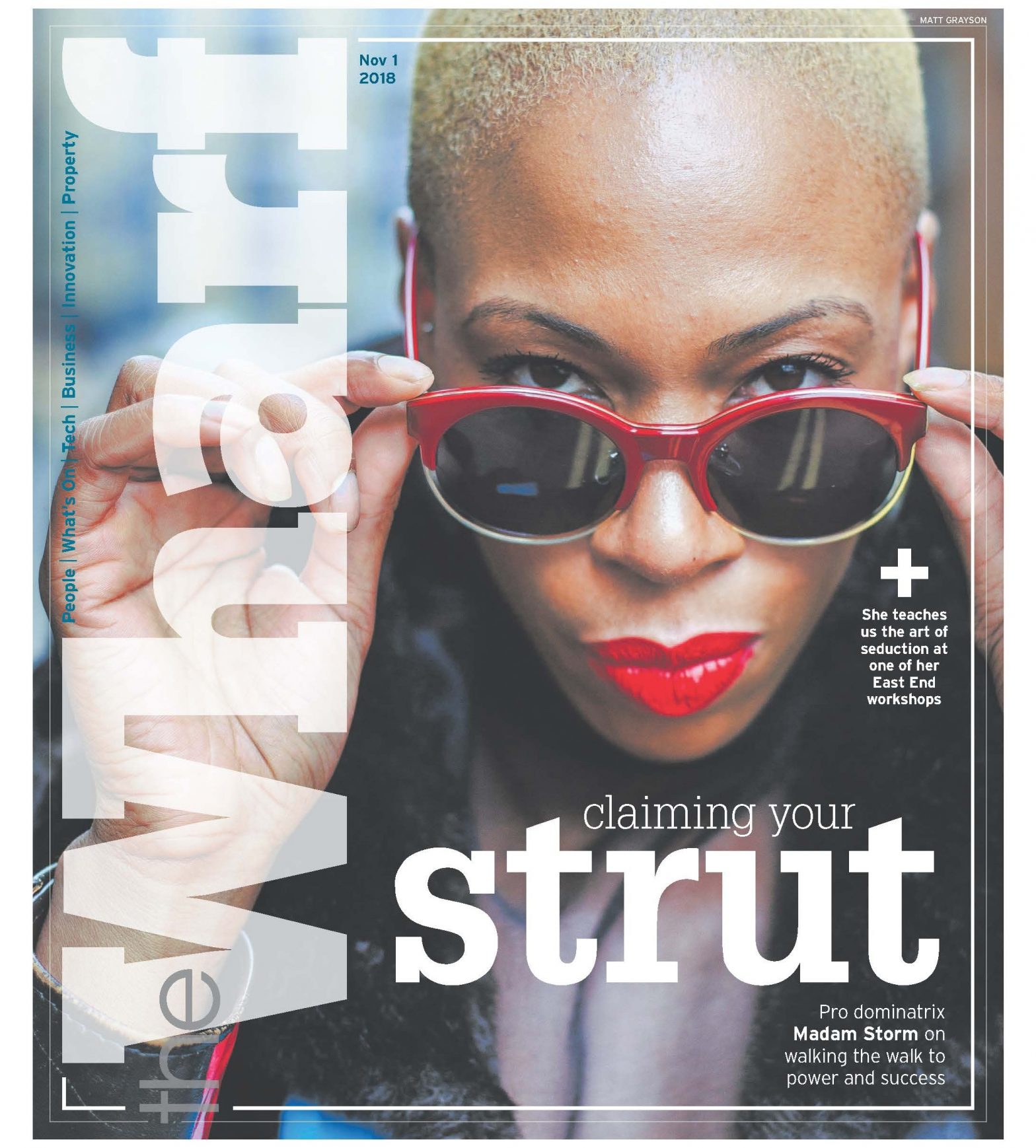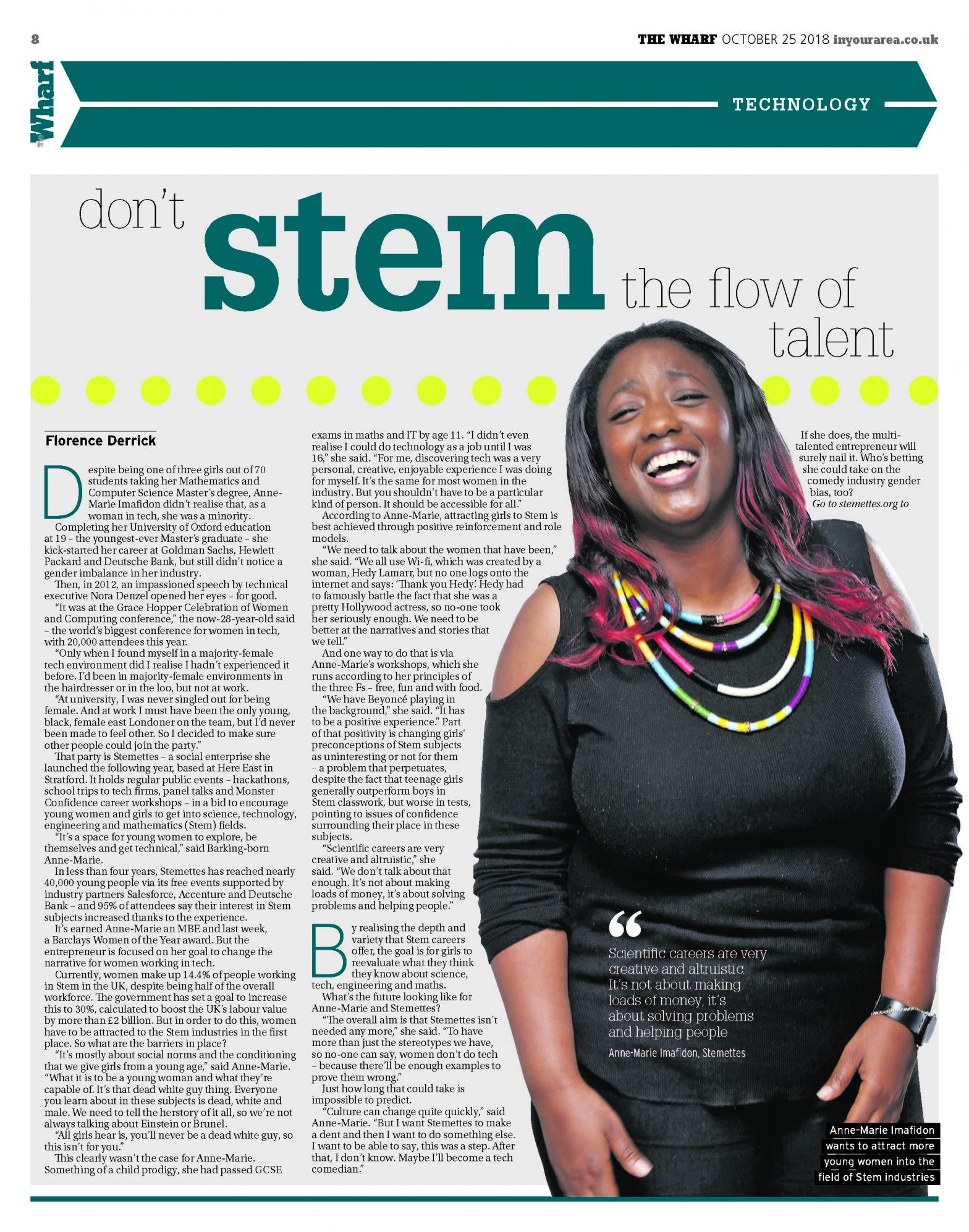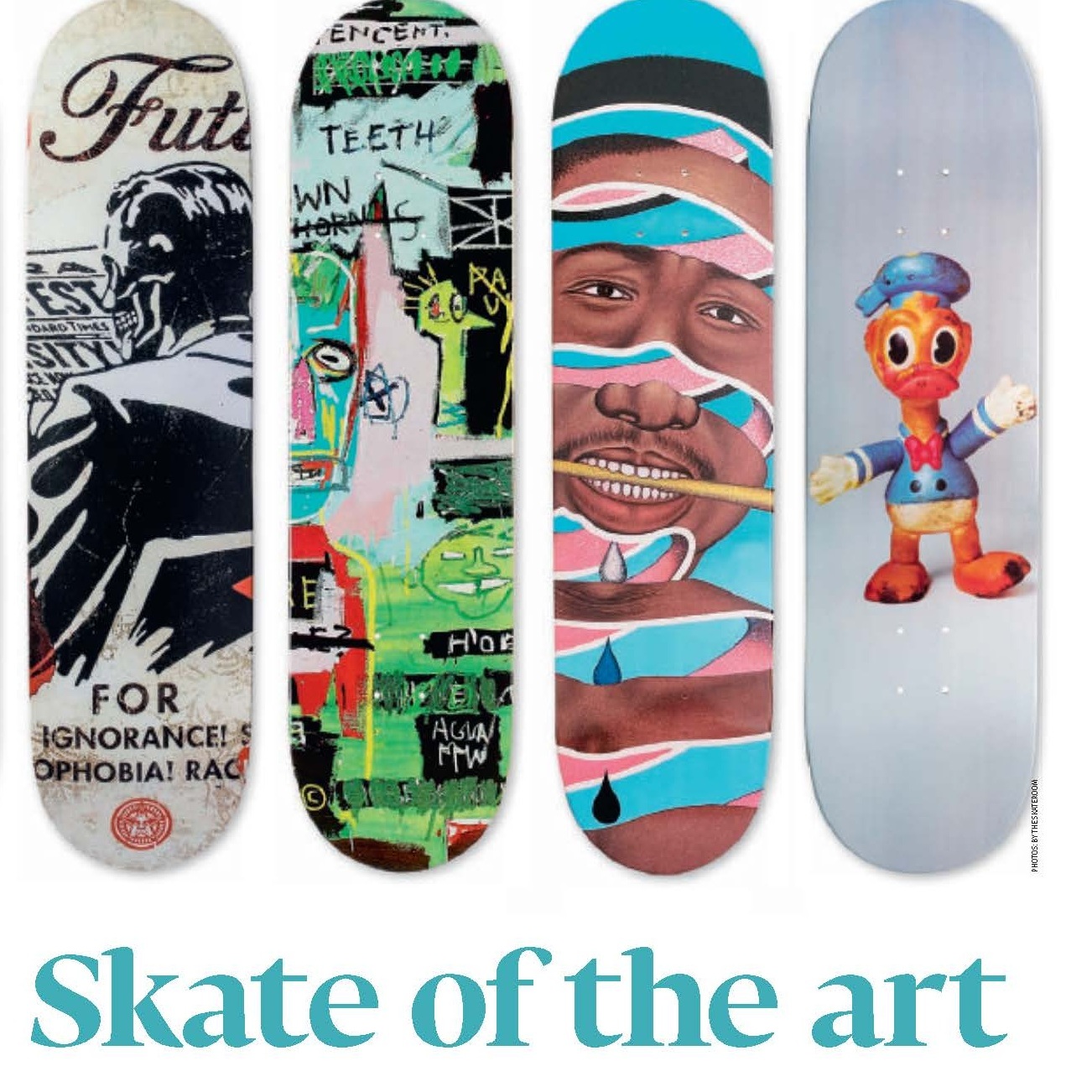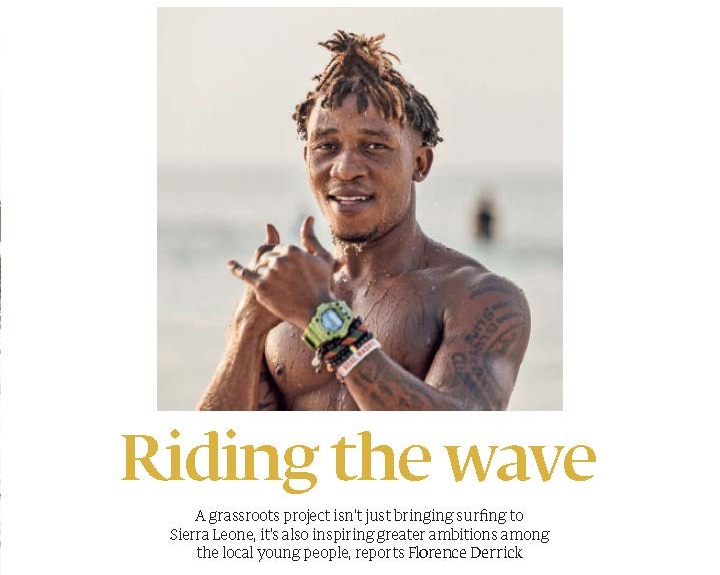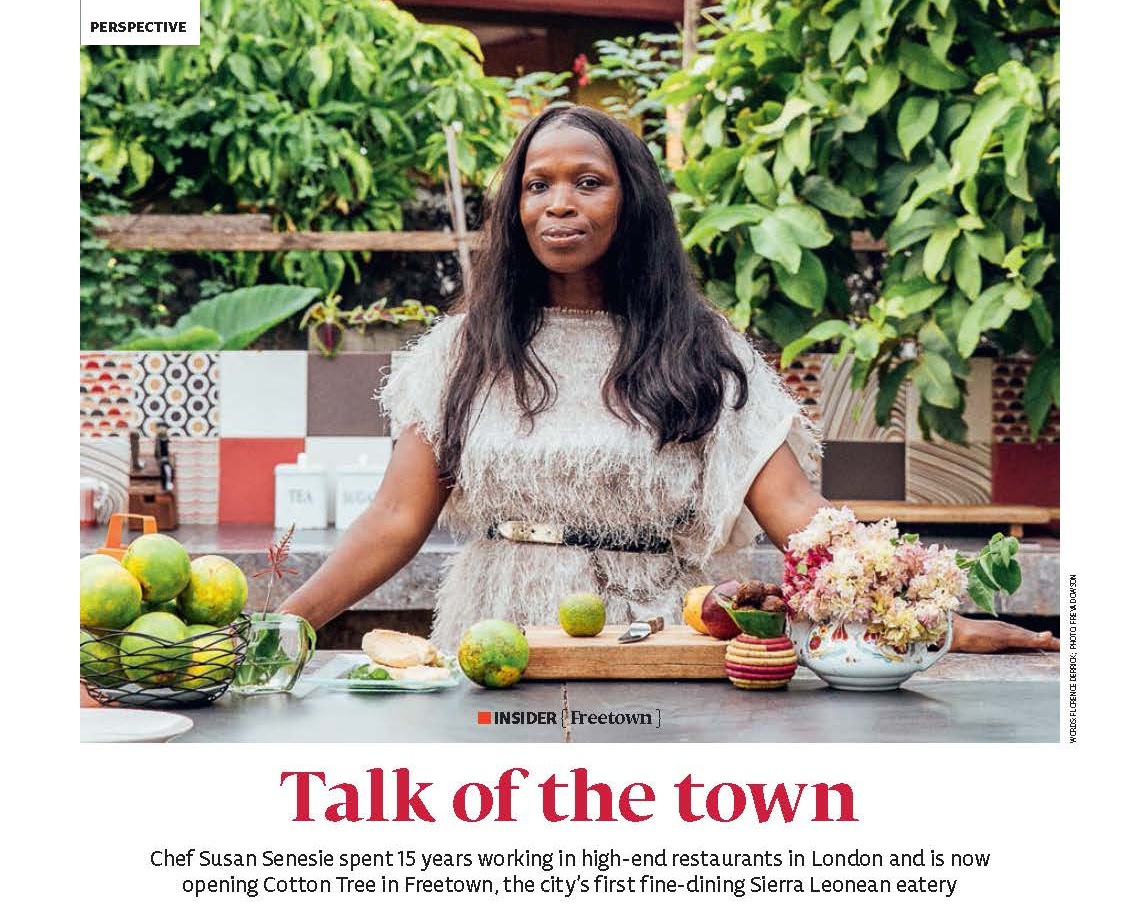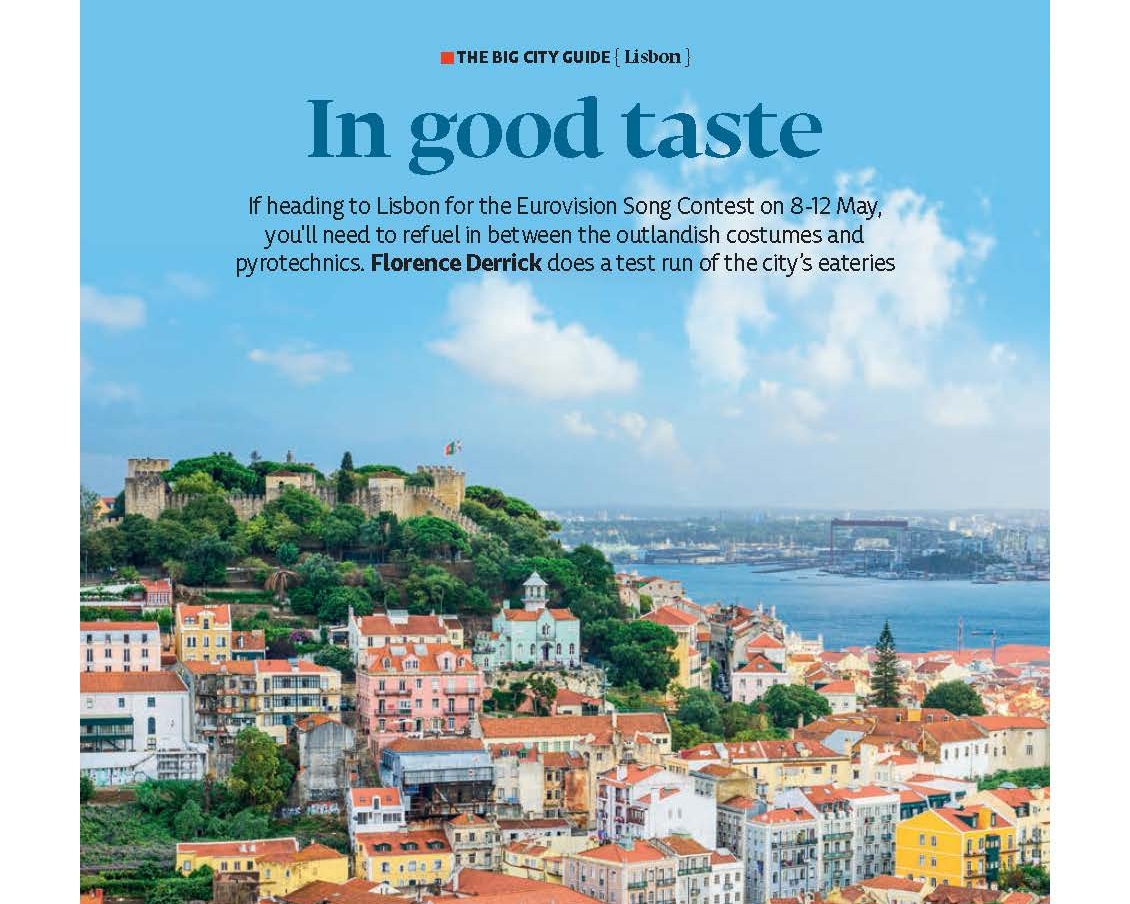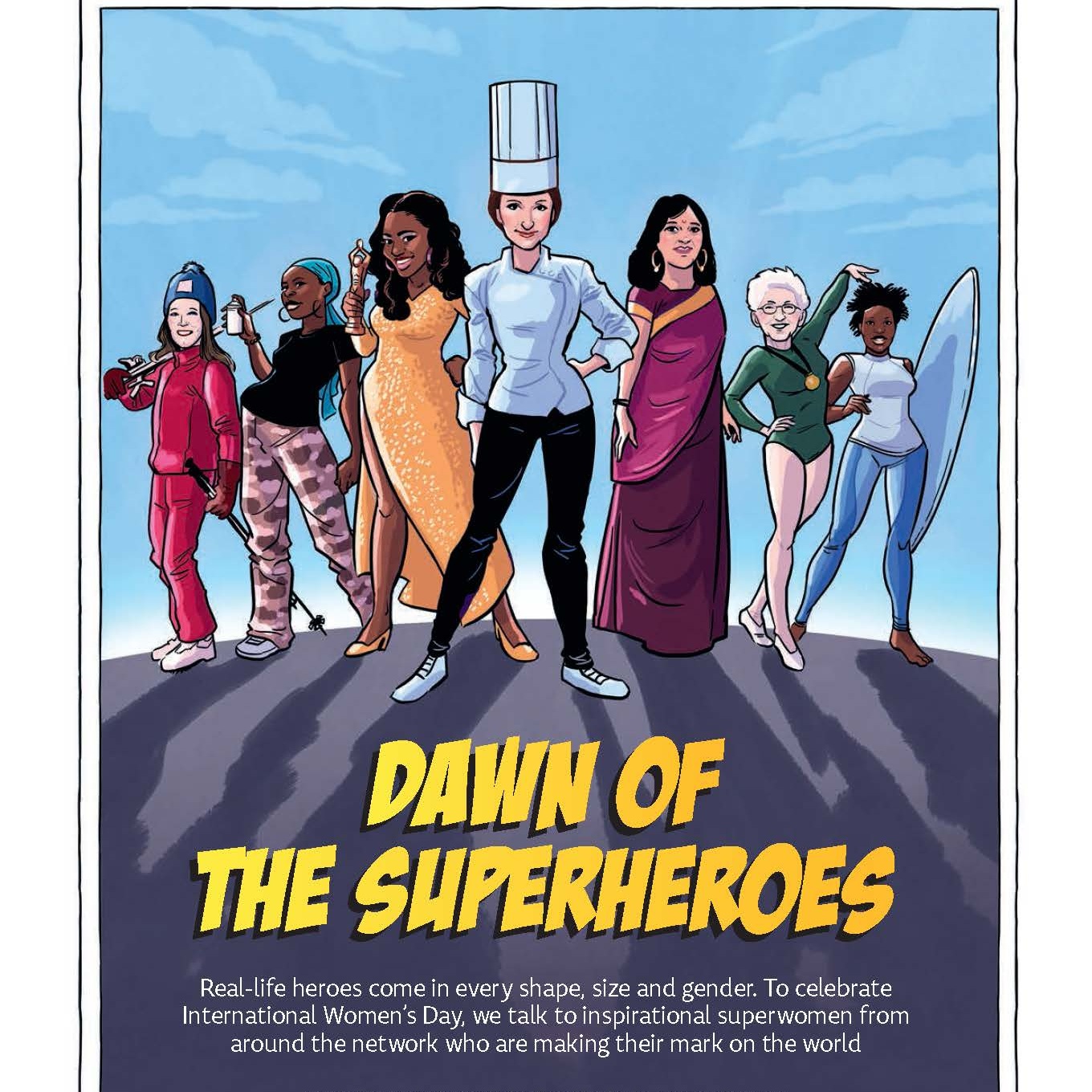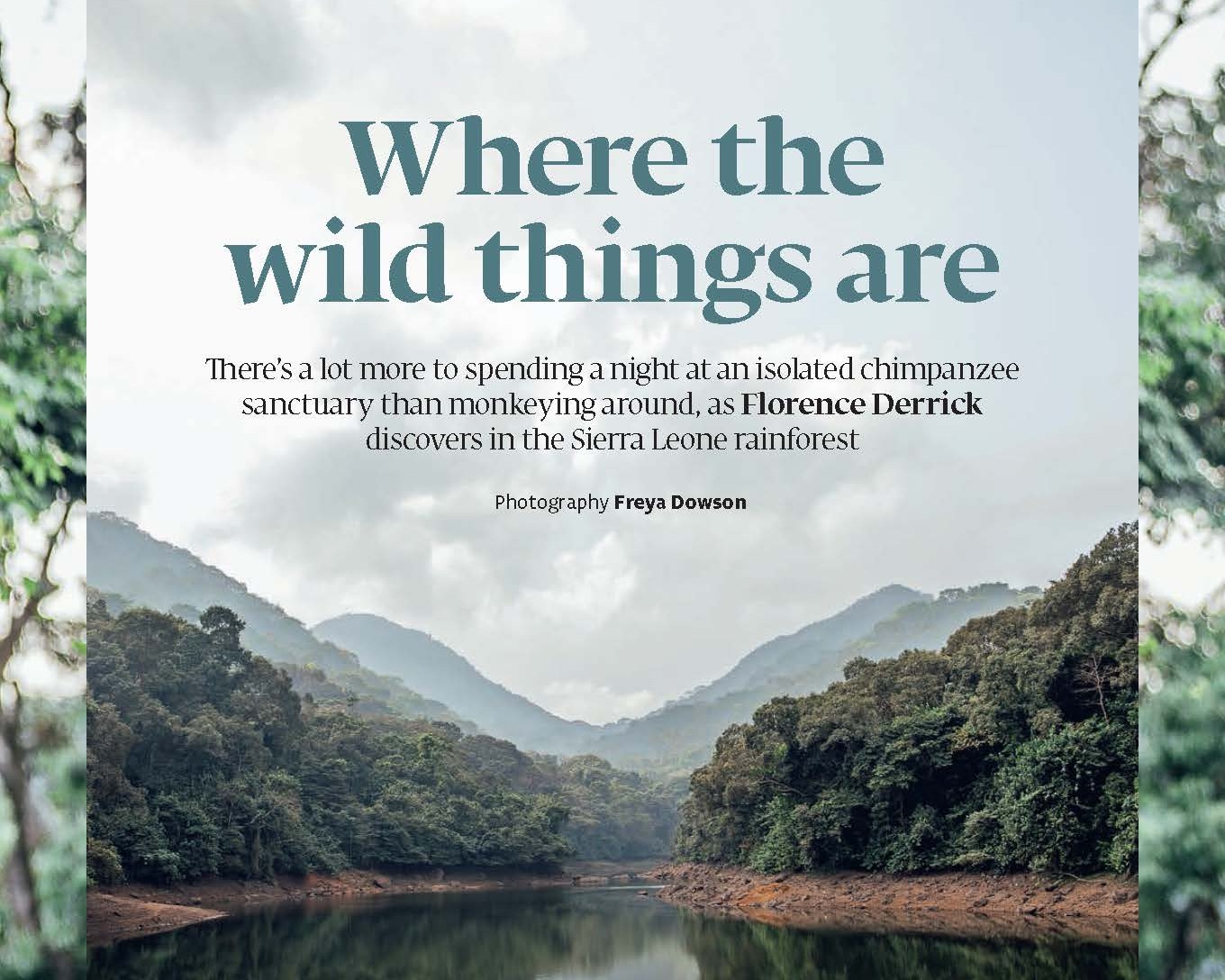In the UK, over 100,000 tonnes of edible food goes to waste every year. That’s 250 million meals in the bin.
One Swedish startup is on a mission to not only save surplus grub, but offer a business-minded solution to restaurateurs, too.
Having launched in Stockholm and migrated to London in February, the Karma app allows Londoners to buy high-quality food at a 50 per cent discount from over 400 local restaurants and other independent food retailers.
Consumers use the app to search for or receive push notifications for surplus food throughout the day – cafes and restaurants generally sell food they haven’t shifted towards the end of their breakfast, lunch or dinner service – then reserve it, pay via the app and collect within a set time.
And according to Head of UK Grocery Steffie Clement, it’s not just consumers (and landfill sites) that benefit from the concept.
“The thing with Karma is that you’re targeting new customers,” she says. “People who haven’t yet come through the door. And you’re guaranteeing a sale from them. Plus, it’s not just a deals app, it’s specifically targeted at food that would otherwise be wasted. It’s environmental, but it’s profit driving, so you can bring in revenue.
“With all the big chain closures in the restaurant industry this year, margins are really tight, so something that’s revenue saving and also reaches out to new and different customers can work really well for food businesses.”
While independents have been the first to sign up to Karma, chains are increasingly looking for innovative, digital solutions to their food waste, too – so Canary Wharf is rich with potential business opportunities for the startup.
“There’s a 24-hour work culture here as well,” Steffie notes. “People might be working on international schedules, they might want to grab breakfast at 11, lunch at 3. And it’s incredible what the Canary Wharf Group is doing, around single use plastic and showing that they’re motivating businesses around here.
“If Karma could be one of the solutions they use to reach zero edible food waste, alongside their recycling and other things, that could be great.”
I agree – so I set myself the challenge of eating only surplus Karma food for one working week, to evaluate its offerings, and potential, on the estate.
Monday
I get brunch from 640East, a cafe in shipping containers on Montgomery Square: an avocado, mozzarella and tomato bagel. It’s half price at £2.25 and even though I enjoy it, I wouldn’t have bought it for £4.50.
I have the app open from 5pm, an hour before I finish work, keeping an eye out for a dinner to rescue but only one place has anything available – CPress, a health-foods and cold-press juice bar on Crossrail Walk. So at 6pm I buy what I can: two chia pots, some turmeric hummus, two side orders of roast vegetables and two G-Force ‘immune-boosting’ juice shots. It comes to £9.94 but isn’t enough for dinner for me and my partner.
I save my CPress items for tomorrow and we tuck into some lamb jalfrezi left over from the weekend.
My take: I’m concerned about the lack of options in Canary Wharf, as I failed to get through day one on just surplus food.
Steffie’s take: “There’s a lucky draw aspect – because it is genuine surplus food, what’s available can be unpredictable. That’s where we’re hoping to get more retailers on board – sometimes when it’s smaller and more niche food businesses, it can be about buying smaller ingredients to add to your meal, or to eat as a starter.”
Tuesday
I start the day with a G-force shot and a blueberry and granola chia pot. The ginger-infused juice is unpleasantly bitter, but the chia pot is crunchy, sweet and healthy-tasting.
For lunch I microwave the roast vegetable pots and plate them up with the hummus and some falafel that I had in the fridge. It’s a tasty, healthy lunch but the surplus food needed boosting with other things to make up a full meal.
I’m in Shoreditch that evening so I try out the app there – and am pleased to discover that the amount of restaurants signed up to the app skyrockets in comparison to Canary Wharf.
One catches my eye – Yuzu, a sushi restaurant in Spitalfields I’ve wanted to try for ages. I reserve three mixed boxes – spicy salmon and tuna, nigiri and yellowtail sashimi, and assorted maki – which come to £18.29, rather than £36.58 at full cost.
The waitress tells me that they fill boxes with whatever is left on the conveyor belt at the end of lunch, which seems like a no-brainer solution.
My take: A good use for the app is buying up lunches at the end of service to eat for lunch the following day – and it’s a great tool for discovering new restaurants. I would have paid full price for this meal, but getting it for such a steal feels great.
Steffie’s take: “Foodies use it to discover new places and cuisines, without the hefty London price tag. And they get to take proactive social action on an issue they feel passionate about – putting their money where their mouth is, showing that surplus food can be really good.”
Wednesday
For lunch, there are only two 640East bagels available, so I go for a bacon and avocado one.
By the end of the working day it’s slim pickings on the app. I’m about to give up hope on finding a Karma dinner in Canary Wharf when I get a push notification from Island Poke – result.
I get a salmon poke bowl crammed with rice, seaweed, fresh red chili, avocado chunks and raw salmon for £4.95 – a bargain for a big portion that would normally cost £8.85.
My take: If you’re a fussy eater you could run into some issues with this app. The poke bowl came with a pre-selection of toppings, rather than allowing me to choose my own. But if you’re keen to expand your food horizons, this is the way to do it.
Steffie’s take: “You can live in London for so many years and not discover all the food and different dishes that are available. What’s good about the app is that it’s really visual, it’ll usually have a really nice picture and you can favourite places that you like and follow them in the way you would on social media.”
Thursday
Throughout the day, only 640East bagels and CPress juices are available. I wait for the evening, when I reserve two butter chicken and kashmiri lamb curries from Indi-Go in Old Spitalfields Market – enough for dinner and lunch tomorrow, for myself and my partner.
Having never been to Indi-Go before it’s a bit of a pain to track down with some iffy Google Maps directions. But the butter chicken, stewed in tomato and coconut, is gorgeous.
My take: At £4.25 each it feels like we indulged in a takeaway, but without having spent outside of our budget and while feeling good about rescuing it.
Steffie’s take: “People are shopping more ethically and even caring more about waste solutions than price. So attracting ethically minded customers is important to businesses.”
Friday
I round off the week with pastries and cake from Taylor St Baristas – an Antipodean cafe with a branch in Harbour Exchange Square. As well as steaming some of London’s finest flat whites, it’s selling half-price Anzac biscuits, croissants, orange cake and Guiness chocolate cake on Karma. I get six items for £6.42.
The oaty Anzacs are the best I’ve found in the northern hemisphere, and the Guiness-steeped chocolate cake might be the best I’ve ever tasted.
My take: The app has led me to discover some delicious treats I might never have ordered otherwise.
Steffie’s take: “The value businesses get from Karma is the upsell. You might buy a reduced-price croissant via the app but then get a coffee at full price. Our research shows that customers brought in by Karma then return later down the line as full-paying customers.”
The verdict
By the end of the week, I’ve spent £61 and rescued 23 surplus food items – a total of 4.6kg.
I’ve discovered a couple of awesome restaurants and can smugly say I’ve done a little bit to reduce food waste this week. The app has been incredibly easy to use, and I have every intention to use it again.
But it’s clear that the majority of Canary Wharf’s restaurants haven’t jumped on the Karma bandwagon yet, which is a shame.
While the app is designed for saving surplus food, for users it operates a bit more like a cheap deliveroo (albeit one that doesn’t deliver) – rightly or wrongly, each time I click open the app, I’m hoping for the choice found on mainstream food ordering apps.
“Karma needs to grow in Canary Wharf, and it’s on us to let more businesses know,” says Steffie. “It hinges on a varied demand and a rich supply. But the businesses that have used Karma really love it.
“They’re prompted to act and take on these initiatives from customers, so if you see a cafe throwing away a load of pastries at the end of the day, ask them about their sustainability process, or if they’ve heard of Karma, or let us know and we can get in touch with them.”
Fancy more cheap and ethical takeaways on the Canary Wharf estate? You know what to do. karma.life
